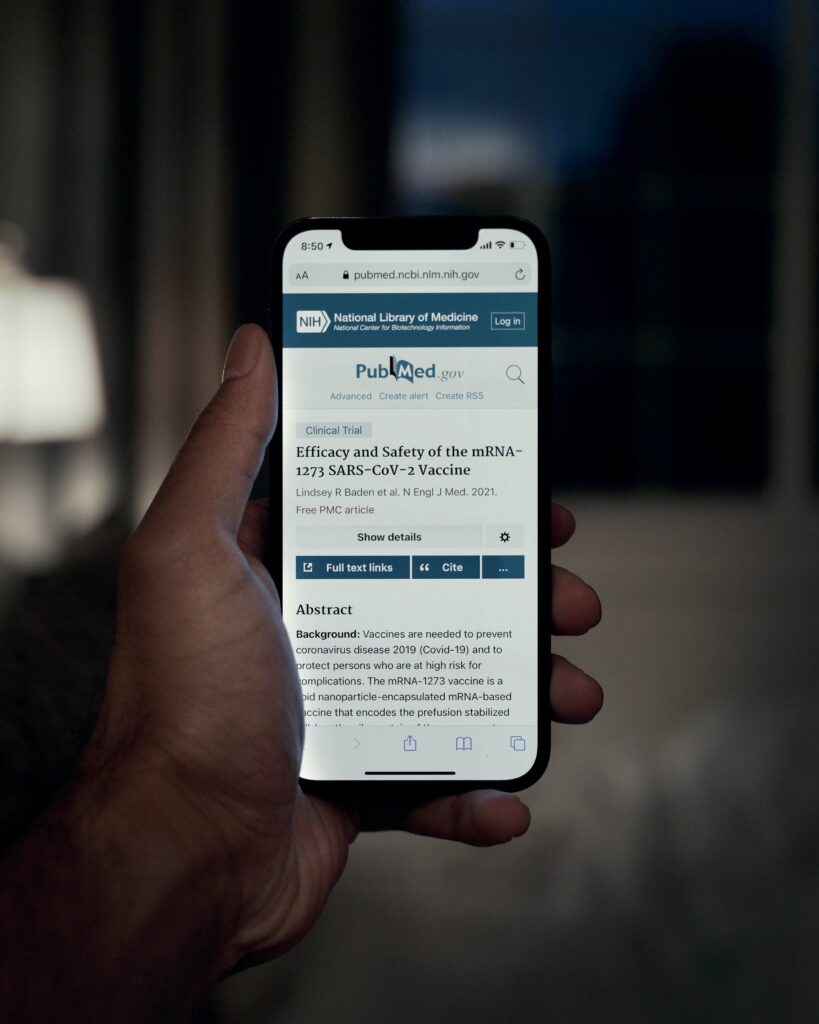In today’s rapidly-evolving digital landscape, the importance of data loss prevention cannot be overstated. With the ever-increasing reliance on technology and the vast amount of valuable information stored in digital formats, organizations and individuals alike must prioritize safeguarding their data from potential threats. Data Loss Prevention (DLP) has emerged as a crucial strategy to protect sensitive information, mitigate risks, and safeguard the integrity and reputation of businesses and individuals in the face of an ever-growing array of cyber threats. In this article, we will explore the significance of DLP in today’s digital world and its role in fortifying data security.

The Importance of Data Loss Prevention in Today’s Digital World
In today’s fast-paced and digitized world, the importance of data loss prevention (DLP) cannot be overstated. As organizations increasingly rely on digital data to drive their operations and make informed decisions, ensuring the security and protection of this data has become a critical necessity. Data loss can have significant consequences, ranging from financial loss and reputational damage to legal and regulatory repercussions. Implementing effective DLP measures is essential for businesses to safeguard sensitive information, maintain business continuity, and build trust with customers.
Understanding Data Loss Prevention (DLP)
Definition of Data Loss Prevention
Data Loss Prevention (DLP) refers to a set of measures and technologies designed to prevent the unauthorized loss or leakage of data. It involves identifying, detecting, and protecting sensitive information to ensure its confidentiality, integrity, and availability.
Components of Data Loss Prevention Solutions
A comprehensive DLP solution incorporates various components, including:
- Data Discovery and Classification: Identifying and categorizing sensitive data within an organization’s systems and networks.
- Data Monitoring and Analysis: Continuously monitoring data flows, identifying suspicious behavior, and analyzing data patterns to detect potential security breaches.
- Access Control: Implementing measures to restrict and control access to sensitive data, ensuring that only authorized individuals can access and modify it.
- Network and Endpoint Security: Protecting the network and endpoint devices from external threats using firewalls, intrusion detection systems, antivirus software, and other security measures.
How DLP Works
DLP solutions employ a combination of technologies and policies to prevent data loss. These may include content filtering, tokenization, encryption, data masking, and data loss detection algorithms. By monitoring data in transit and at rest, DLP solutions can identify potential risks, enforce policies, and block or quarantine unauthorized data transfers.
Common DLP Techniques
Popular DLP techniques include:
- Content-based Filtering: Analyzing the content of data to identify sensitive information and prevent unauthorized transmissions.
- Contextual Analysis: Evaluating the context in which data is being accessed or transferred to detect anomalies and potential data breaches.
- Endpoint Protection: Employing software and hardware solutions to protect endpoints (such as laptops, mobile devices, and servers) from data loss.
- User Behavior Analysis: Monitoring user activities and behaviors to identify suspicious or abnormal actions that may indicate data loss or insider threats.
The Growing Threat of Data Loss
Rise in Cybercrime and Data Breaches
Cybercrime has become a pervasive threat in today’s digital landscape. From large-scale data breaches targeting multinational corporations to sophisticated phishing attacks aimed at individuals, the frequency and sophistication of cyberattacks continue to escalate. These attacks can lead to the theft or exposure of sensitive data, resulting in severe financial and reputational damage for businesses.
Business Implications of Data Loss
The consequences of data loss can be devastating for organizations. Beyond the immediate financial impact of lost revenue and recovery costs, businesses may also face lawsuits, regulatory penalties, and loss of customer trust. The loss of critical intellectual property or trade secrets could result in a significant competitive disadvantage in the marketplace.
Legal and Regulatory Compliance
The ever-evolving regulatory landscape imposes stringent requirements on organizations to protect sensitive data. Non-compliance with these regulations can lead to heavy fines, legal consequences, and damage to a company’s reputation. Implementing robust DLP measures is crucial to ensure compliance with industry-specific regulations, such as the Health Insurance Portability and Accountability Act (HIPAA) or the General Data Protection Regulation (GDPR).
Consequences of Data Loss
Financial Loss and Reputational Damage
Data loss incidents can have a severe financial impact on businesses. The cost of resolving a data breach can include forensic investigations, legal fees, customer notification efforts, identity theft protection services, and potential settlement costs. Additionally, the loss of customer trust and damage to a company’s reputation can lead to a decline in sales, customer churn, and difficulty attracting new business.
Potential Legal Repercussions
Data breaches can expose organizations to a range of legal repercussions. Depending on the jurisdiction and the nature of the breach, companies may face class-action lawsuits from affected individuals or regulatory fines levied by government agencies. Ensuring data loss prevention measures are in place mitigates the risk of such legal consequences and demonstrates a commitment to protecting sensitive information.
Loss of Competitive Advantage
Data loss can result in the loss of critical intellectual property or trade secrets, which can significantly impact a company’s competitive advantage. Competitors or malicious actors may exploit stolen data, leading to diminished market position, missed business opportunities, and compromised innovation. By implementing robust data loss prevention measures, businesses can better protect their intellectual property and maintain their competitive edge.

Benefits of Implementing Data Loss Prevention Measures
Protection of Sensitive Data
The primary objective of data loss prevention measures is to protect sensitive data from unauthorized access, loss, or theft. By implementing DLP solutions, businesses can prevent data breaches and maintain the confidentiality, integrity, and availability of their valuable information assets.
Maintaining Business Continuity
Data loss incidents can have a disruptive impact on business operations. By implementing effective DLP measures, organizations can minimize the potential downtime associated with security incidents, ensuring continued productivity and uninterrupted services for their customers.
Complying with Legal and Regulatory Requirements
Compliance with legal and regulatory obligations is a paramount concern for businesses operating in various industries. Implementing robust data loss prevention measures helps organizations achieve and maintain compliance with industry-specific regulations, safeguarding against potential penalties, reputational damage, and legal consequences.
Enhancing Customer Trust and Loyalty
Data breaches can erode consumer confidence and trust in an organization. By prioritizing data loss prevention, companies signal their commitment to protecting customer data and demonstrate that they view privacy and security as paramount. This, in turn, helps build trust, fosters customer loyalty, and enhances the overall reputation of the business.
Data Loss Prevention Strategies for Businesses
Developing a Data Loss Prevention Policy
A robust data loss prevention strategy begins with the development of a clear and comprehensive DLP policy. This policy should outline the organization’s objectives, define sensitive data, establish roles and responsibilities, and outline procedures for handling and protecting data throughout its lifecycle.
Identifying Data Loss Risks
Organizations should conduct a thorough risk assessment to identify potential vulnerabilities and risks associated with data loss. This involves understanding the types of data stored, the systems and networks involved, and the potential threats and weaknesses that could lead to data loss.
Implementing Technical Controls
Technical controls play a vital role in preventing data loss. This may involve implementing access controls, encryption mechanisms, data masking, and network segmentation to protect sensitive data from unauthorized access or disclosure.
Establishing Incident Response Procedures
Preparing for data loss incidents through the establishment of incident response procedures is critical. Organizations should have a well-defined plan to handle and mitigate the impact of data breaches promptly. This includes clear communication channels, escalation protocols, and a framework for conducting forensic analysis and retrospective investigations.

Employee Training and Awareness
Importance of Employee Training
Employees often play a significant role in data breaches, either through inadvertent mistakes or intentional misconduct. Providing comprehensive training and raising awareness of data loss threats and best practices are crucial to mitigating insider threats and reducing the risk of accidental data loss.
Recognizing and Reporting Data Loss Threats
Training employees to recognize and report potential data loss threats is essential for an organization’s defense against data breaches. Employees should be educated about common attack vectors, such as phishing emails, social engineering techniques, and other forms of cyberattacks, enabling them to identify and report suspicious activities promptly.
Best Practices for Data Security
Promoting best practices for data security empowers employees to take an active role in protecting sensitive information. This includes maintaining strong passwords, avoiding the use of unsecured public networks, regularly updating software and systems, and securely disposing of sensitive documents.
Promoting a Culture of Security
Creating a culture of security within an organization is vital for effective data loss prevention. This involves fostering an environment where data security is a shared responsibility and ensuring that employees understand and adhere to data protection policies and procedures.
Access Control and Data Encryption
Implementing Access Controls
Access controls are fundamental to preventing unauthorized access to sensitive data. Organizations should implement a layered approach to access control, employing techniques such as user authentication, role-based access control (RBAC), and least privilege principles to ensure that only authorized individuals can access critical data.
Advantages of Data Encryption
Data encryption provides an additional layer of protection by rendering data unreadable to unauthorized users. By encrypting sensitive information at rest and in transit, organizations can mitigate the risk of data loss in the event of a breach or unauthorized access.
Securing Data in Transit and at Rest
Organizations should employ security measures to protect data both during transmission and while at rest. This can be achieved through the use of secure file transfer protocols (e.g., Secure Sockets Layer/Transport Layer Security) and storage encryption techniques, respectively.

Monitoring and Incident Response
Continuous Monitoring for Suspicious Activity
Continuous monitoring of data flows, network traffic, and user behavior is crucial for detecting and responding to potential data loss incidents promptly. Employing intrusion detection and prevention systems, security information and event management (SIEM) tools, and user behavior analytics (UBA) can help identify anomalies and trigger proactive responses.
Proactive Incident Response
Establishing a well-structured incident response plan enables organizations to respond swiftly and effectively when a data loss incident occurs. This includes predefined communication channels, dedicated incident response teams, and clear protocols for containment, recovery, and escalation.
Forensic Analysis and Investigation
Conducting thorough forensic analysis and investigations following data loss incidents can provide valuable insights into the scope, causes, and impact of breaches. This information helps organizations refine their DLP strategies, update security controls, and strengthen their overall cybersecurity posture.
Data Loss Prevention Tools and Technologies
Data Loss Prevention Software
DLP software provides a comprehensive suite of tools and technologies to identify, monitor, and protect sensitive data. These solutions often include features such as content filtering, data discovery, incident response, and policy enforcement capabilities.
Data Classification and Tagging Tools
Data classification and tagging tools enable organizations to automatically identify and label sensitive data based on predefined rules and policies. This allows for granular control and enforcement of data protection measures, such as encryption, access restrictions, and monitoring.
Data Loss Prevention Appliances
DLP appliances are physical or virtual devices that provide network-based monitoring and protection against data loss. These devices monitor network traffic, analyze data patterns, and enforce policies in real-time to prevent unauthorized data transmissions.
Data Loss Prevention as a Service (DLPaaS)
DLPaaS refers to the delivery of data loss prevention capabilities as a cloud-based service. Organizations can leverage DLPaaS solutions to outsource their data loss prevention needs and benefit from the scalability, flexibility, and expertise of DLP service providers.
In conclusion, data loss prevention is of paramount importance in today’s digital world. The growing threat of data breaches, coupled with the severe consequences of such incidents, necessitates the implementation of robust DLP measures. By understanding the components of DLP solutions, organizations can develop comprehensive strategies to protect sensitive data, comply with legal and regulatory requirements, and enhance customer trust. Through employee training and awareness, access control, encryption, monitoring, and incident response, businesses can minimize the risk of data loss and mitigate the potential financial, legal, and reputational damages associated with such incidents. Embracing data loss prevention not only safeguards valuable information assets but also ensures business continuity and fosters a culture of security in today’s fast-paced digital landscape.

